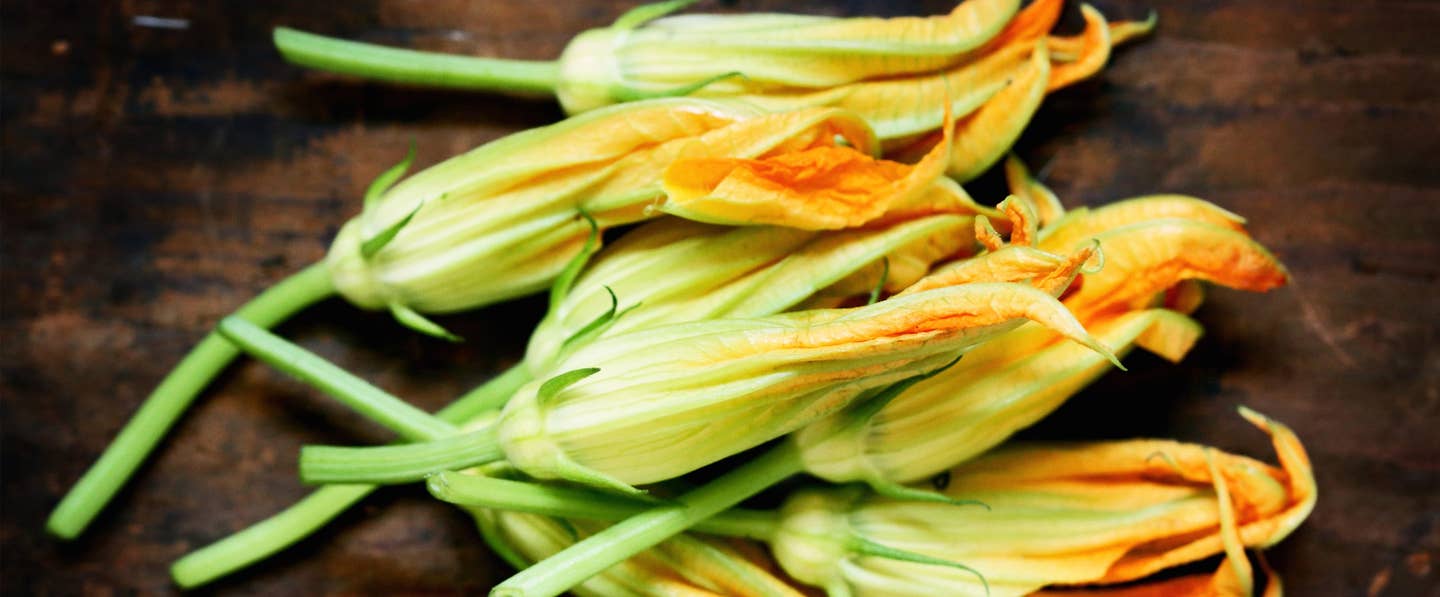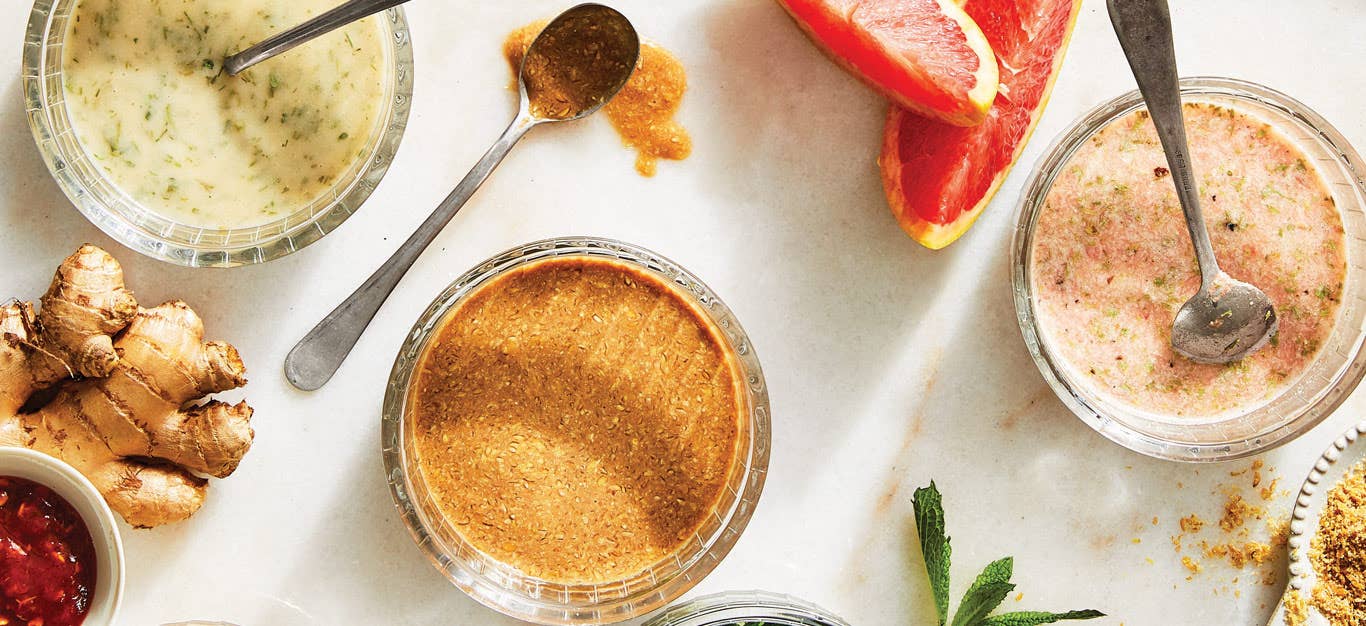Apple season is here: Read on for everything you need to know to select, store, prepare, preserve, and enjoy the crisp, juicy fruit.
What’s the Peak Season for Apples?
Fall is peak season for apples in North America. The harvest can begin as early as mid-August in warm Southern states and extend as late as the end of November up North. These are the prime months for farmers market finds (like heirloom varieties) and pick-your-own outings, but peak enjoyment can extend long after the harvest. Some apple varieties, such as Fuji and Honeycrisp, mature and develop even better flavor during extended cold storage, which means you can enjoy them well into the spring.
The only time of year when they are not at their locally grown best is in the summer, when fruit grown in the Southern Hemisphere (Chile and New Zealand are the main producers) is imported to keep apples on supermarket shelves until the next harvest.
The Best Way to Store Apples
For optimal freshness, store them in a cool, dark place: The fridge is ideal, or you can also keep them on a tray in a single layer in a cool garage, pantry, or basement. At room temperature, they can ripen up to 10 times faster than when chilled, and they may become mealy or soft.
How Do I Prevent a Cut Apple from Turning Brown?
Cut apples turn brown when their flesh is exposed to air and begins to oxidize. To stall the oxidization process, brush or dunk the sliced fruit in a solution of 1 part lemon juice to 3 parts water. Lemon juice works best because it is acidic and high in antioxidants and has a mild tang that won’t overwhelm the apples’ flavor.
You can also opt for cultivars that naturally resist browning, such as Cameo, Cortland, Gala, Ginger Gold, and Pink Lady.
What Apples are Best for Pies and Baked Goods?
When baking with apples, you want varieties that remain firm and hold their shape when cooked. With over 100 types of apples grown on a commercial scale in the United States, it’s hard to name all the possibilities, but the following are a few excellent options: Braeburn, Cortland, Ginger Gold, Granny Smith, Honeycrisp, Ida Red, Jonathan, Jonagold, Mutsu (Crispin), Pink Lady, Pippin, Northern Spy, and Winesap. For the best flavor, try using two or three different apple types in the same recipe.
When buying, count 2½ pounds of apples (about 5 large or 8 medium) per pie, crisp, crumble or other similar-sized baked treat.
How Many Apples Are in a Cup Chopped?
Three medium apples will equal 2¾ cups chopped or 3 cups sliced.
Can I Freeze Raw Apples?
Yes. Raw apple slices can be brushed with a 1:3 solution of lemon juice and water then frozen on a parchment-lined baking sheet until solid. Transfer the slices to a resealable freezer bag or container for use in cooked recipes. Because apples are 95 percent water, freezing will change their texture.
What Are Some Other Ways to Prepare and Preserve Apples?
Applesauce
Simmer 1 pound peeled, cored, and quartered apples with ½ cup water until the apples are very soft. Mash or blend into a sauce. Can be used immediately, refrigerated up to a week, or frozen up to 6 months.
Cooked Apples
Simmer 3 sliced or diced apples with 2 tablespoons water and a shake of cinnamon in a saucepan 8 to 10 minutes or until tender. Enjoy warm or cold. (Cooked apples also freeze well.)
Oven-Dried Apple Slices
Slice apples ⅛ inch thick with a Mandoline or sharp knife, and place on as many parchment-lined baking sheets as your oven will hold. Brush the slices with a solution of 2 tablespoons lemon juice and ⅓ cup water; then bake 1 hour at 200˚F. Flip slices with tongs; bake 1 hour more or until the slices look firm and dry and are just beginning to brown. Turn off the oven, and leave the slices in the oven to cool—this will help dry them out further—before storing in airtight containers. (For a sweeter variation, try our recipe for cinnamon-dusted Baked Apple Chips.)
Fun Fact: Raw Apples are Loaded with Probiotics
In a study published in July 2019, researchers found that one small apple may contain 100 million bacterial cells and therefore represent a good source of healthy probiotics. These results come on the heels of a study published in the Annals of Internal Medicine that found that certain essential nutrients conferred significant benefits when consumed through food sources but not when consumed as dietary or vitamin supplements. In other words, the best way to get essential nutrients is from whole plant foods—and that includes probiotics from apples.
Apple Recipes to Try Today
Check out our Absolutely Amazing Apple Recipes roundup for inspiration for breakfasts, side dishes, salads, and desserts.
Related News
Try Our Top-RatedMeal Planner Free

Forks Meal Planner takes the hard work out of making nutritious meals the whole family will enjoy.
SAVE $200 ON OUR ULTIMATE COURSE

Join our best-selling course at a new lower price!





